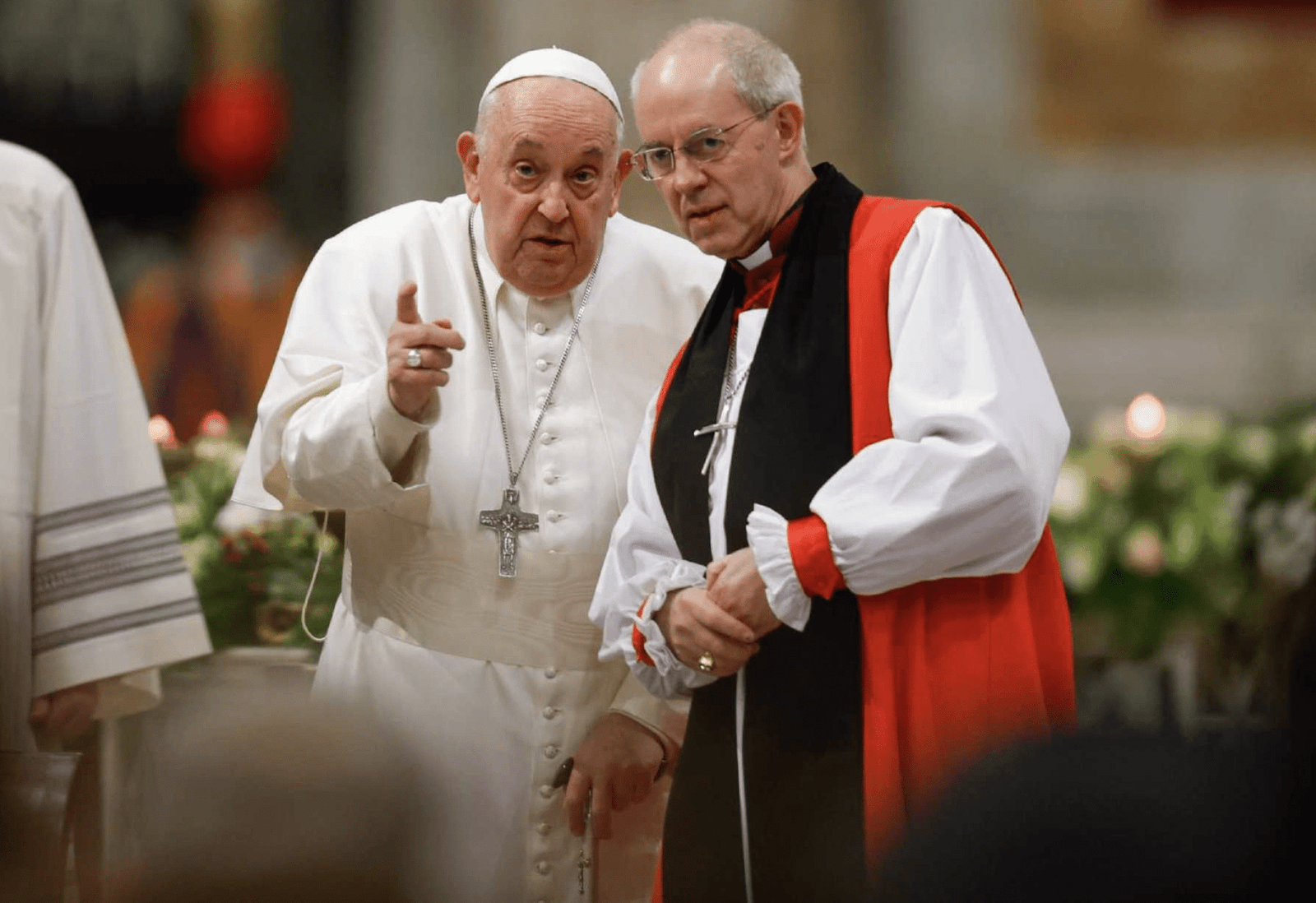Global News
Archbishop of Canterbury Resigns Over Explosive Sexual Abuse Scandal—Shocking Details Revealed
Archbishop of Canterbury Justin Welby announced his resignation on November 12, 2024, following an independent report that criticized his handling of abuse allegations within the Church of England. The report, known as the Makin Report, highlighted failures in addressing the misconduct of John Smyth, a former barrister and church volunteer accused of abusing numerous boys and young men during the 1970s and 1980s.
Background on John Smyth
John Smyth was a prominent figure in Christian circles, mainly through his involvement with the Iwerne Trust, which organized summer camps for boys from elite schools. Smyth exploited his position to perpetrate severe physical and sexual abuse under the guise of religious discipline. An internal report by the Iwerne Trust in 1982 documented these abuses but was not disclosed to authorities, allowing Smyth to continue his activities. He later moved to Zimbabwe and South Africa, where he faced further allegations of abuse. Smyth died in 2018 without facing legal consequences for his actions.
Welby’s Involvement and Resignation
Justin Welby, who became Archbishop of Canterbury in 2013, was associated with the Iwerne camps during the period of Smyth’s abuses. The Makin Report criticized Welby for not ensuring that allegations against Smyth were reported to the police when he became aware of them in 2013. The report concluded that it was “unlikely” Welby was unaware of concerns about Smyth during the time of the alleged offences, despite his claims to the contrary.
In his resignation statement, Welby expressed deep remorse, stating, “The last few days have renewed my long-felt and profound sense of shame at the historic safeguarding failures of the Church of England.” He emphasized the need for personal and institutional responsibility in addressing these failures.
Stephen Cottrell, the Archbishop of York and the Church of England’s second-most senior bishop supported Welby’s decision, calling it “the right and honourable thing to do.” Other bishops acknowledged the seriousness of the Church’s safeguarding failings and thanked Welby for his leadership.
View this post on Instagram
Welby’s resignation has intensified discussions about the Church’s handling of abuse cases and the need for systemic reforms. There are calls for other senior clergy involved in the Smyth cover-up to step down. The Bishop of Birkenhead, Julie Conalty, stated that Welby had “done the right thing” but stressed that his resignation alone would not solve the problem of safeguarding failures in the Church.
Potential Successors
The process to appoint Welby’s successor involves the Crown Nominations Commission (CNC), which will submit preferred and alternative candidates to the Prime Minister, who then advises the monarch on the appointment. Potential candidates include Stephen Cottrell, Archbishop of York; Sarah Mullally, Bishop of London; Helen-Ann Hartley, Bishop of Newcastle; Martyn Snow, Bishop of Leicester; Graham Usher, Bishop of Norwich; and Guli Francis-Dehqani, Bishop of Chelmsford. If a woman is chosen, it would mark the first time a female occupies the position of Archbishop of Canterbury.
The Church of England has faced numerous allegations of abuse in recent years. A 2022 report by the Independent Inquiry into Child Sexual Abuse found that the Church’s culture often prioritized the protection of alleged perpetrators over victims, creating an environment where abusers could operate with impunity.
Justin Welby’s resignation underscores the Church’s ongoing challenges in addressing past abuses and implementing effective safeguarding measures. It also highlights the need for transparency and accountability within religious institutions to restore trust among congregants and the broader public.






































1 Comment